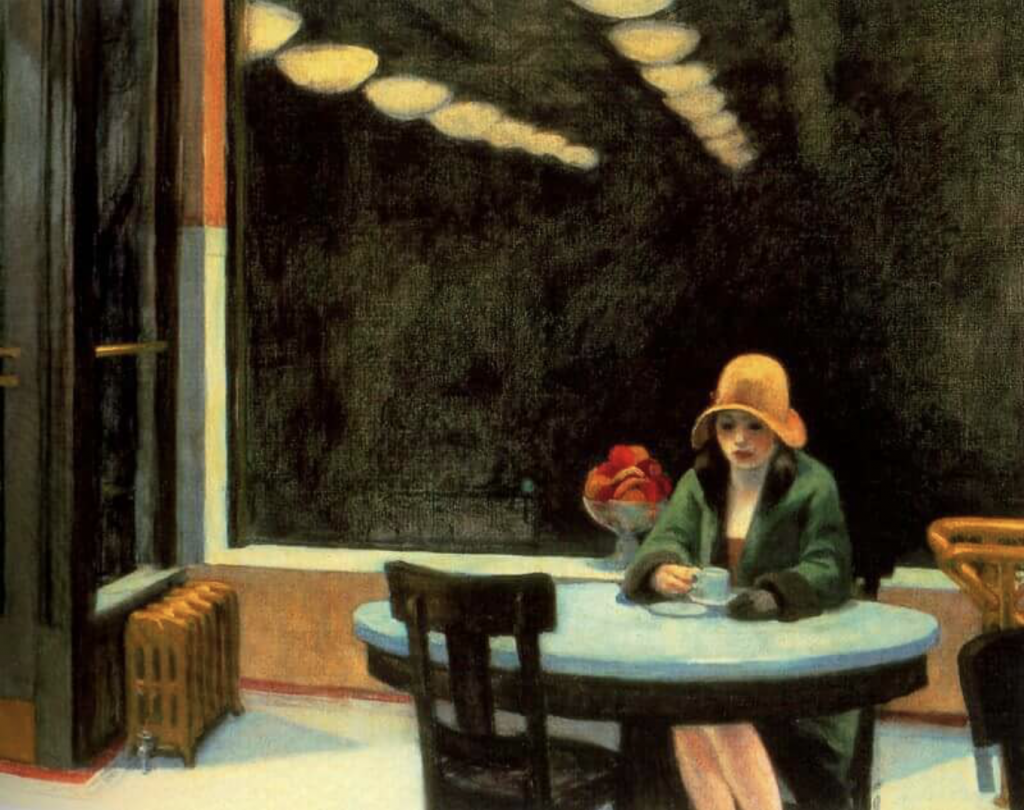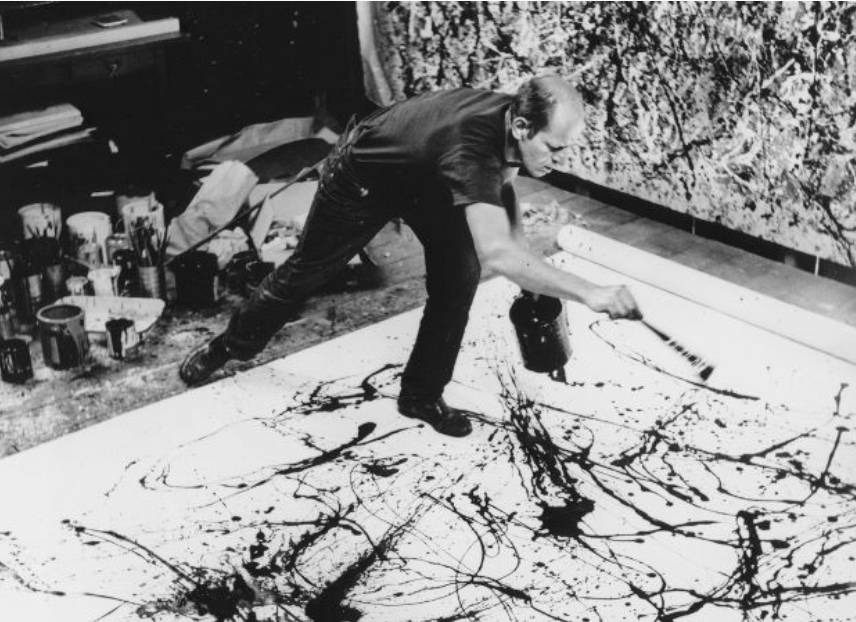4 European Events Harmonizing Art, Nature, and Techno Music
Techno and electronic music have always shared an intimate relationship with art, intertwining rhythms, beats, and melodies with visual expressions...
Celia Leiva Otto 30 May 2024
It is scientifically proven that art can have positive effects on our mood and can help improve our mental health. But what is it about art that gives it the power to help us so?

Whether it is physically creating artwork, curating your own Instagram feed to look perfect, or just appreciating an advert that caught your eye, there is creativity in every aspect of daily life.
Edward Hopper, an American artist working in the first half of the 20th century, captured scenes of daily life in his paintings. For example, in Automat, a woman sits alone and drinks a cup of coffee. In the background, the glare of lights from inside the building is reflected against the dark night sky.
Hopper has created an engaging painting from a scene of normal life. It also demonstrates the investigative side of looking at a painting. We wonder, who is this lady? Why is she sitting there? What is she thinking about? In the process, we forget our own troubles and replace our thoughts with contemplation.

During this process of truly looking at art, we are transformed and taken to another place, a place outside of reality. We are consumed by the narrative. For example, the dramatic action in the Renaissance masterpiece The Birth of Venus occupies our minds.
This mentally transformative experience has a physical impact on our well-being. The experience of looking can be interactive, sensory, cognitive, emotional, or even spiritual. Studies show that this repeated experience can have a long-term change in our brain circuits.

It is no surprise, then, that art therapy has become a frequently used form of psychotherapy to encourage expression and communication. Aimed at people struggling with emotional, behavioral, or mental health problems, the process of creating art helps process feelings while also reducing stress and anxiety. It also helps to increase self-esteem.
Anyone can be creative and that is why creating art is something that everyone can get involved in. Whether it is the process of drawing every day or working towards a finished painting, it takes you away from any daily worries or stress that you might experience.

Perhaps the most expressive technique of painting that comes to mind is that of Jackson Pollock, the famous pioneer of Abstract Expressionism. Called “action painting,” Pollock would use the full force of his body to throw paint onto huge canvases.
Pollock’s technique presents the physicality of making art and the effect on his mental well-being. The artist struggled with alcoholism throughout his life and turned to painting as a form of escapism. This also demonstrates that art does not have to be a meticulous, time-consuming process and can be very enjoyable.

Finally, visiting a museum and standing before a beautiful painting transports us to another world. The quiet and tranquil atmosphere has the ability to relax your mind as soon as you enter.
So, in conclusion, it is the transformative effect of both creating and looking at art that has a massive effect on our mental health. It provides a distraction from daily life and treatment for more serious conditions too, due to the use of Art Therapy. Most importantly, art is for everyone and there is an element of creativity in everything we do.
DailyArt Magazine needs your support. Every contribution, however big or small, is very valuable for our future. Thanks to it, we will be able to sustain and grow the Magazine. Thank you for your help!